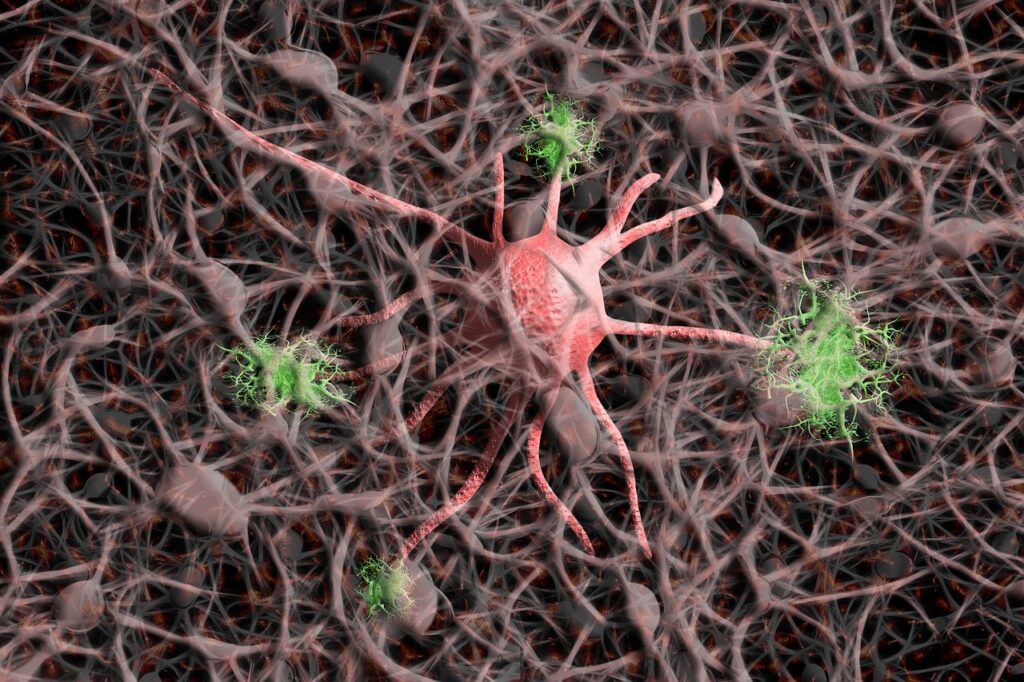
ADHD affects approximately 10% of children and 5% of adults worldwide. While the exact cause of ADHD is unknown, recent research suggests that synaptic pruning problems occurring during childhood and adolescence may play a role.
What Synaptic Pruning Is
Synaptic pruning is a natural process in the brain that involves the elimination of weaker connections between neurons, allowing the stronger connections to be reinforced. This process occurs primarily during early childhood and adolescence and is critical for the development of efficient neural pathways.
Synaptic pruning is thought to be the brain’s way of removing connections in the brain that are no longer needed. Researchers have learned that the brain is more “plastic” than previously thought. Synaptic pruning is our body’s way of maintaining more efficient brain function as we get older and learn new complex information. However, in some cases, synaptic pruning can become problematic and lead to neurodevelopmental disorders such as ADHD.
How Synaptic Pruning Works
During infancy, the brain experiences substantial growth. There is an explosion of synapse formation between neurons during early brain development. This is called synaptogenesis. This rapid period of synaptogenesis is vital to learning, memory formation, and adaptation early in life. At about 2 to 3 years of age, the number of synapses hits a peak level. Shortly after this period of synaptic growth, the brain starts to remove synapses that it no longer needs.
Once the brain forms a synapse, it can either be strengthened or weakened. This depends on how often the synapse is used. In other words, the process follows the “use it or lose it” principle: Synapses that are more active are strengthened, and synapses that are less active are weakened and ultimately pruned. The process of removing the irrelevant synapses during this time is referred to as synaptic pruning.
Early synaptic pruning is mostly influenced by our genes. Later on, it’s based on our daily experiences. Thus, whether or not a synapse is pruned is influenced by the experiences a developing child has with the world around them. Constant stimulation causes synapses to grow and become permanent. But if a child receives little stimulation the brain will keep fewer of those connections. Other rounds of synaptic pruning occur during adolescence and early adulthood. Synaptic pruning is generally thought to be completed by the time we are in our late 20s.
The Link Between Synaptic Pruning and ADHD
So how is synaptic pruning linked to ADHD? One theory is that individuals with ADHD have an overactive pruning process, leading to the elimination of too many synapses and neural connections. This can result in a lack of connectivity between brain regions responsible for executive functions such as attention, planning, and impulse control. As a result, people with ADHD may have difficulty regulating their behavior and attention, leading to the hallmark symptoms of the disorder.
Another theory suggests that individuals with ADHD may have a delayed or slowed-down pruning process, resulting in an excess of weaker connections in the brain. This can lead to an inability to filter out irrelevant information, leading to distractability and difficulties with attention.
There is also evidence to suggest that genetics may play a role in the relationship between synaptic pruning and ADHD. Several genes have been identified that are involved in the pruning process, and some studies have found that variations in these genes may increase the risk of developing ADHD. Understanding the interplay of these genes with environmental factors may lead to more effective treatments and interventions for individuals with ADHD.
References
- https://www.sciencedaily.com/releases/2023/04/230424133602.htm
- https://www.healthline.com/health/synaptic-pruning
- https://www.newscientist.com/article/2370409-lack-of-neuron-pruning-may-be-behind-many-brain-related-conditions/
- https://www.cam.ac.uk/research/news/problems-with-pruning-brain-connections-linked-to-adolescent-mental-health-disorders


